

Imagine if every single second you were losing access to the very rights you hold dear. What are you missing? It's happening more often than you realize.
In today's rapidly changing world, knowing your rights is crucial. It's not just important—it's urgent you discover the truth behind what's slipping away.

Here's a shocker: surveys suggest a staggering percentage of people don't fully understand their rights to healthcare. But that’s not even the wildest part—some rights are silently removed while distractions abound in the media.
Even your online interactions could be affecting your constitutional freedoms. Shocking? Absolutely. But the real surprise is lurking in plain sight, waiting for those who dare to look closer.
What happens next shocked even the experts. Brace yourself, because we're just getting started…
The landscape of healthcare rights has undergone dramatic shifts over the past decade. Despite efforts to offer more comprehensive care to all, many are left unaware of the fine print. Policies often change quietly, leaving citizens scrambling to catch up. The lack of transparency can be bewildering to the average person, which only widens the gap between perception and actual rights. But there’s one more twist in this story that often goes unnoticed.

While advancements in digital healthcare promise innovation, they also pose unprecedented challenges. The digital shift often sidesteps traditional regulations, thereby complicating accountability. In some areas, this rapid change results in outdated laws applying to new-age problems, creating a legal maze for citizens. What you read next might change how you see this forever.
Did you know that privacy rights related to healthcare are frequently overridden by data-sharing practices? Many users consent without fully grasping the implications. A paradox emerges: in striving for efficiency, services can inadvertently infringe on patient confidentiality. This dual reality demands scrutiny and awareness from us all. Yet another layer of complexity involves the interlinking of various databases, making oversight cumbersome.
The truth behind healthcare policies is often veiled in jargon that deters public understanding. Most individuals sign agreements without realizing they might be relinquishing certain rights. There's a growing misinformation epidemic that experts are warning could have long-lasting repercussions if left unchecked. But hold on, the plot thickens even further…
Education rights in many nations are touted as inclusive and universally accessible. Yet, the reality is fraught with discrepancies that paint a different picture. Socio-economic factors play a significant role, subtly defining who benefits most from these supposed rights. Scholarships and grants exist, yet their availability often goes unnoticed by those who need them most, creating inadvertent social barriers. What lies beneath this mirage is a system that needs closer examination.
Consider the disparities in educational quality across different regions. Studies reveal significant variations in the quality of infrastructure and educator credentials from one district to another. Urban areas often have advantages not seen in rural settings, leading to systemic inequities. This gap is even more pronounced when observed against standardized testing outcomes, which can limit future opportunities for those affected. But there’s more lurking beneath the surface.
Teachers, often the unsung heroes of education, confront challenges that directly impact the delivery of students' rights. Burnout is alarmingly high, and with it comes the risk of a diminishing enthusiasm to advocate or innovate. This reluctance feeds into a cycle where the push for better enrolment numbers takes precedence over quality. Those on the ground witness a daily juggling act between limited resources and lofty expectations.
What's more, legislative frameworks meant to support education are sometimes wielded in surprising ways. Subtle policy shifts can redirect funds or change the applicability of rights without much public discourse. It’s a silent erosion, sometimes orchestrated under the guise of progress. Once you uncover the layers, what you learn could alter your views substantially. As we delve deeper, the ramifications become even more intricate…
In recent years, there’s been an intensified focus on understanding and asserting workplace rights. Yet, the reality for many employees is more complicated than it seems. A quiet struggle for rights like equal pay and safe working conditions continues, often behind closed doors. Alarmingly, reports suggest a surprising number of businesses remain non-compliant with existing labor laws. But uncovering the truth might challenge everything you thought you knew.
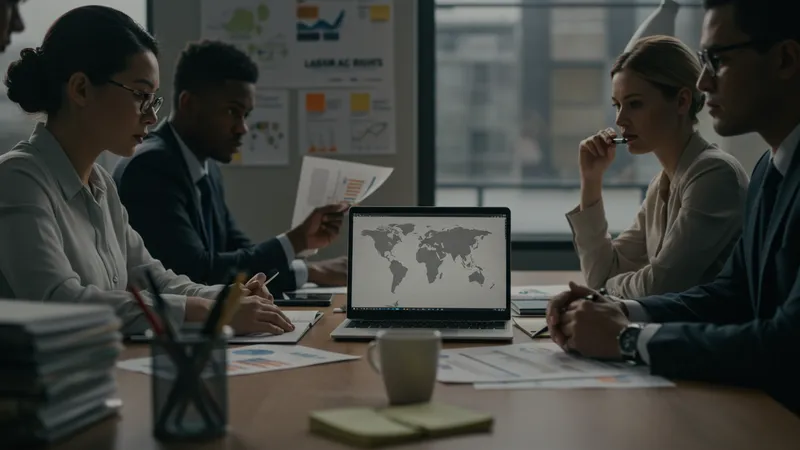
The rise of remote work has only added layers of complexity to this issue. Labor rights that once seemed clear-cut now face questions about applicability when work is conducted across different jurisdictions. Companies new to remote work policies are sometimes unaware of or choose to ignore international labor standards, sowing conflict between jurisdictions. The convergence of globalization with personal workspaces creates new battlegrounds.
Consider unionization—a critical tool for workers that has met both resistance and resurgence. In many industries, union efforts are being reinvigorated, pushing back against entrenched corporate strategies that limit fair practices. However, union activities are often carefully watched, and in some areas, severely curtailed by effective legal maneuvering from employers. But this is not where the story ends.
The surprises continue when we touch on the gig economy. With the rise of app-based jobs, determining labor rights becomes murky. Traditional protections sometimes fail to apply to these new-age work arrangements, leaving many gig workers in precarious conditions. While some believe these roles offer true flexibility, the absence of benefits and security remains a significant issue. Next, we unravel even more startling truths about these new-age work challenges…
With digital technology entwined in every facet of our lives, privacy rights have taken center stage in public discourse. The concept of personal privacy is evolving, and what it means to be private today is drastically different from a decade ago. Tech platforms wield unprecedented power, often masking unavoidable choices as consent. Yet, the real test of these digital rights lies in the details users seldom review.
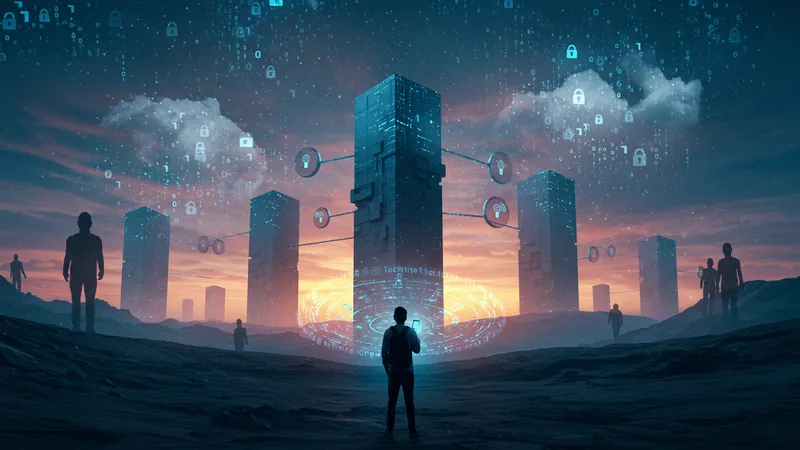
Consider how effortlessly users grant apps access to personal data for the sake of convenience. Each click becomes a voluntary surrender, and even benign interactions can compromise one’s privacy. Often hidden in user agreements are clauses that permit companies to share data with third-party entities. Alarmingly, this can lead to profiling that users are unwittingly subject to. But the rabbit hole goes even deeper than anticipated.
There’s a fine line between utility and exploitation when data analytics come into play. Platforms promise tailored experiences but seldom regard the ethics of extensive data collection. Public outcry in recent years has led to some changes, albeit slow-moving and restrictive to specific jurisdictions. This selective implementation of privacy laws leaves global users with varying levels of protection, offering more questions than answers.
Moreover, digital surveillance by governments heightens the stakes around privacy rights. Intended for security, these measures sometimes stray into the territory of infringing personal freedoms. Legal boundaries blur in the name of safety, leading many to question the extent to which they remain autonomous online. This clash between protection and intrusion remains unsolved and critical. As we delve further, the implications deepen…
The freedom of speech has always been a pillar of democracy, but in today's world, defining this right is more complex than ever. With social media’s omnipresence, individuals can voice their opinions widely and instantaneously. However, this amphitheater of expression is tightly regulated and sometimes censored, creating a paradox of open yet limited discourse. But the intricacies do not end there.
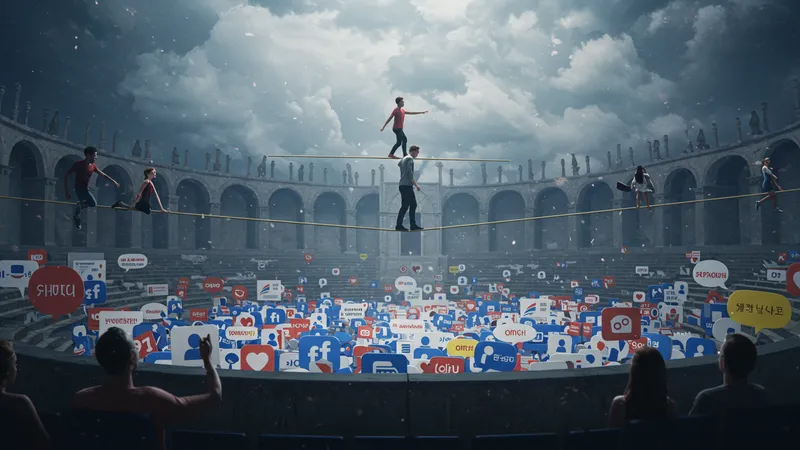
Platform algorithms can inadvertently suppress voices, leading to a skewed representation of societal issues. The publication of information is often curated to meet community standards that might not align with personal beliefs, creating tension between expression and moderation. For users, navigating these dynamics becomes a persistent challenge fraught with uncertain outcomes. The layers unveil more than anticipated.
Consider the notions of fake news and misinformation—modern phenomena that complicate the exercise of free speech. Deliberate falsehoods can eclipse factual reporting, influencing public perception and, at times, inciting real-world consequences. This barrage of information can obscure the ability to discern truth, raising questions about the real boundary between free expression and harmful dissemination.
The legal landscape around freedom of speech is similarly convoluted. What is acceptable in one nation can be unacceptable in another, leading to international harmonization efforts that often fall short. Policies aimed at protecting speech sometimes overlap with those restricting it, creating a minefield for policymakers and advocates alike. Hold your breath; we’ve barely scratched the surface of understanding these nuances…
Beneath the surface of human rights discourse lies an economic engine that drives the commodification of these basic freedoms. From legal frameworks to advocacy organizations, the monetization of rights protection is seldom discussed but highly influential. This marketization of advocacy can skew priorities, overshadowing grassroots movements with corporate agendas. Who really profits in this equation?

Legal battles are expensive, and many individuals find themselves priced out of justice. Lawyers and firms specialized in civil rights cases often balance between pro bono work and high-stakes cases that promise significant financial returns. This balancing act can leave everyday claimants with limited access, especially in regions lacking sufficient legal resources. Yet, the financial complexity deepens beyond this initial layer.
Rights organizations depend significantly on funding from donors whose interests might not always align with grassroots needs. This reliance can inadvertently shape an organization’s focus, leading them to prioritize high-stakes battles over local, immediate concerns. The NGO sector faces continuous scrutiny over financial transparency and the influence of donor-affiliated strategies that might contrast with public interest.
The regulation of industries that affect consumer rights is another economic battleground. Companies often lobby for favorable terms that skirt broader protections or impose regulatory burdens on competitors. The impact on consumers can be subtle yet significant, tipping the scales of fairness in unexpected ways. As we explore further, the interpretive flexibility of these policies offers a twist that could redefine perceptions…
At the heart of intellectual property lies a complex interplay between innovation and ownership rights. This field, rich with creativity, is entwined with stringent regulations that sometimes inhibit rather than foster creativity. Original thinkers often navigate a minefield of patent laws that can protect, yet also stifle, future innovation. But there’s more to uncover.

Consider the story of independent inventors who face daunting legal barriers just to protect their ideas. The intricacy of patent filing is both a shield and a hurdle, demanding both financial and intellectual resources that many innovators struggle to muster. This struggle shapes the narrative of who can benefit from their creativity, and increasingly, the traditional systems favor corporate entities.
Piracy and the unauthorized use of creative works further complicate intellectual property rights. For artists and creators, safeguarding their work against unlicensed distribution becomes a continuous battle. Technological advances make copying effortless yet also resourceful for illicit gains, challenging the enforcement of protective laws. The ramifications extend beyond borders with infringement stretching globally.
Furthermore, intellectual property disputes frequently involve protracted court battles that may disadvantage smaller entities. The legal expenses are prohibitively significant, best resolved by settlements that don’t always serve justice. The necessity for balance between protecting creators and promoting universal access to educational and cultural resources remains unresolved. What emerges next could reshape how creativity and ownership coexist in the future…
Environmental rights are becoming increasingly interwoven with social justice issues, presenting a platform for advocacy that spans beyond traditional boundaries. These rights are pivotal, yet often contested, setting a stage where conflict and cooperation coexist. From climate change to resource allocation, the environment’s legal protections invite passionate discourse and contentious debates.
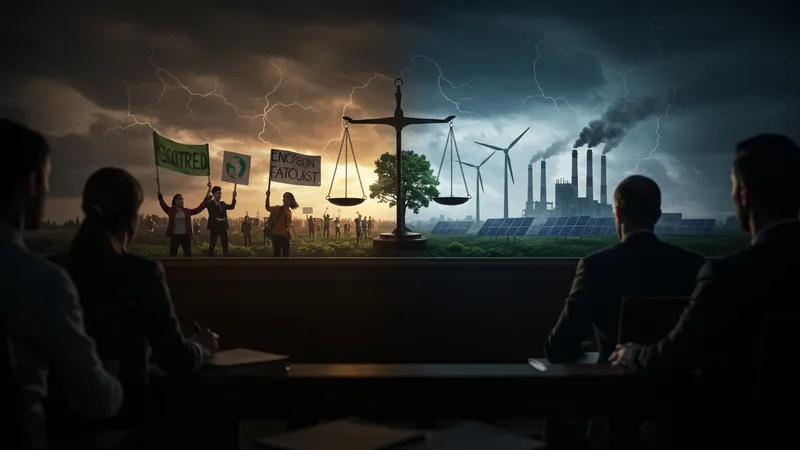
Corporate interests frequently clash with environmental advocacy, applying legal pressure to delay or alter eco-forward policies. This tug-of-war can involve high-profile court cases that draw public attention, masking the quieter, more insidious erosions of rights occurring in the background. There are compelling stories here that defy the initial appearance of harmonious coexistence.
Grassroots movements are challenged by an uneven playing field where their voices often struggle against well-funded corporate lobbyists. Yet, their innovations in policy advocacy have catalyzed movements worldwide, challenging conventional approaches to environmental rights. These movements call for a reevaluation of how resource management affects marginalized populations disproportionately. This reveals more than just surface-level conflicts.
Legal frameworks around environmental rights are continually evolving, reflecting the tension between conservation and development. The intricacies of international agreements further confuse national policies, causing discrepancies in implementation. This dynamic field of rights regularly adapts in response to shifting political ideologies and scientific discoveries, creating an ever-changing landscape for environmental protection. We're left contemplating a future rather different from the one we imagine…
In today’s conversation about rights, disability rights should rank high on the agenda yet are frequently overlooked. The nuances of accessibility and inclusion present various challenges that demand a well-informed perspective. Despite advancements, barriers remain that complicate living experiences for those with disabilities. But this is just the beginning of understanding their complex narrative.
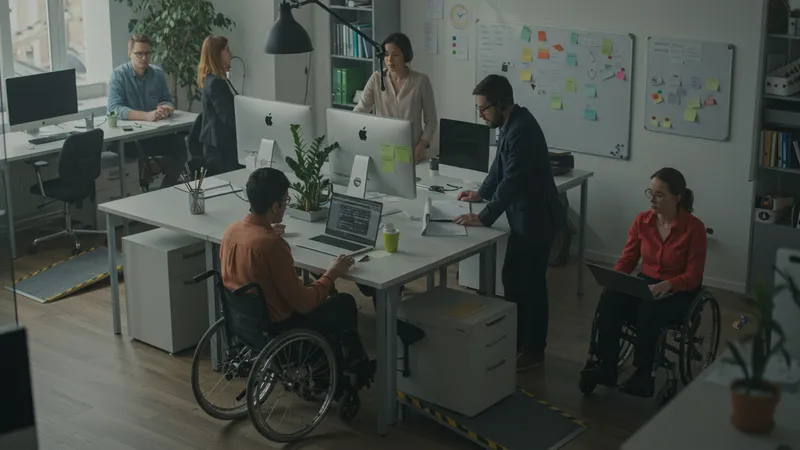
Workplace adaptation efforts continue to fall short, alienating talented individuals. Employers sometimes harbor misconceptions about the costs and logistics of accommodations, contributing to discriminatory practices. Yet, studies illustrate clear benefits when workplaces embrace inclusive practices, from improved morale to enhanced productivity. The misconceptions unravel into truths worth exploring further.
Education systems are evolving, albeit unevenly, to accommodate diverse needs. It's imperative to assure that rights to education are supplemented with adequate support services designed to assist students with disabilities. However, funding disparities and varying implementation practices challenge consistency in these accommodations. The broader implications on student success are vast and intricate.
Legislation on disability rights frequently focuses on compliance rather than empowerment, leading to a minimalistic approach. Opportunities to promote genuine inclusivity and opportunities are sometimes sidelined by a focus on avoiding penalties. This exposes gaps between legal frameworks and tangible outcomes, necessitating a shift in focus toward measurable inclusion. As complexities unravel, the steps forward become varied and rich with potential…
Gender rights are at the forefront of human rights conversations, fostering dynamic discussions around equality and justice. Yet, beyond the advocacy for equal treatment, a deeper layer of rights concerns identity recognition, safety, and cultural inclusivity. The quest for gender equality continues to unfold in unexpected ways, shattering traditional narratives.

Consider the gender wage gap—a persistent issue despite numerous reforms aimed at closing it. Studies highlight that in some industries, the gap widens with career advancement, subtly perpetuating inequalities that start early in professional journeys. Other factors, like access to paid family leave, also reveal discrepancies in support structures across gender lines.
Safety and protection for gender minorities often require more than formal policies. The establishment of support networks provides critical assistance where systemic protections fall short, affording voice and resilience amidst adversity. Yet, prejudice and discrimination can take shape subtly, perpetuating environments hostile to gender diversity. This shapes an ongoing dialogue about safety as a fundamental right rather than privileged protection.
Recognizing diverse gender identities presents an evolving challenge for institutions hinged on traditional frameworks. Reforms in recognition laws are underway, offering new insights yet also encountering resistance. Even when legally acknowledged, social acceptance is a separate struggle, calling for continued advocacy and education to foster genuine understanding. What emerges is a dialogue as multifaceted as the rights themselves…
Child rights today encapsulate a broader spectrum of protection, welfare, and developmental opportunities. In a world rich with information, ensuring children’s rights is becoming more layered. Innovations in education technology promise transformative learning experiences yet unveil concerns about privacy and wellbeing. The balance is intricate and revealing more intricacies along the way.
Education access is still a challenge for millions, a plight not solely reserved for distant lands but hidden within developed regions too. Factors like poverty, location, and resources play pivotal roles in shaping educational opportunities. Bridging this gap is essential in the action toward global equity, yet complexities continue to underscore progress. The trajectory of welfare efforts holds a twist that necessitates further exploration.
Modern technology presents both challenges and opportunities for safeguarding children in the digital age. Parental controls and educational efforts strive to create safe online experiences, but with rapidly evolving threats like cyberbullying and data exploitation, constant vigilance is required. Regulatory frameworks struggle to keep pace, opening doors to a new breed of rights designed with futuristic challenges in mind.
The narrative of child rights also involves a fundamental understanding of mental health and supportive environments. Recognizing emotional wellness as a pivotal component of child welfare is crucial, yet it demands resources and acknowledgment beyond existing healthcare services. Holistic approaches advocate for a comprehensive reevaluation of how children's rights are perceived beyond traditional parameters. The unveiling of these perspectives signals new directions…
The burgeoning role of technology continues to redefine the boundaries of civil rights, introducing a landscape where digital prowess intersects with traditional liberties. In this tech-savvy era, privacy takes on new dimensions, surrounded by an ever-expanding digital footprint. But this relationship between technology and rights is just scratching the surface of complexity.
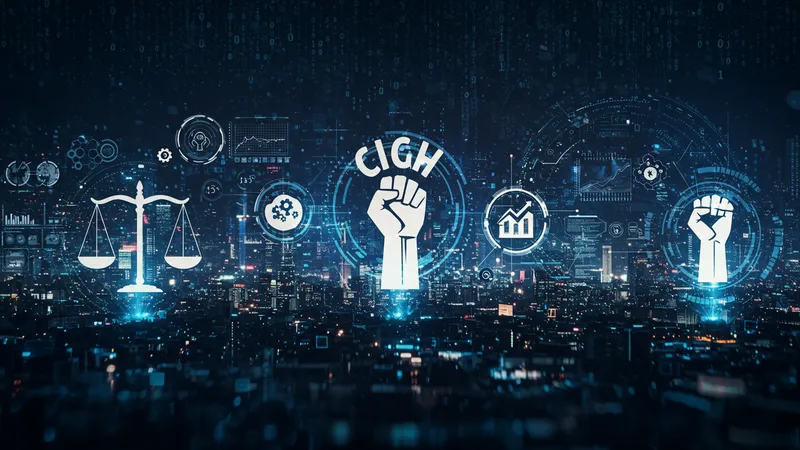
Engagement with technologies like AI and machine learning often raises questions about ethical usage and accountability. As these technologies become embedded in daily life, the ways they challenge rights around decision-making and bias become more visible. Algorithms can inadvertently perpetuate stereotypes or inequalities, inviting scrutiny on the forefront of digital coexistence.
The right to connectivity emerges as a pivotal issue, given the reliance on digital platforms for a multitude of services. However, the digital divide remains a significant barrier, affecting those without access to modern technology. Efforts to bridge this divide spark ongoing debates surrounding infrastructure investment and equitable distribution of resources, crucial considerations for policymakers.
Furthermore, digital labor rights continue to evolve as workspaces become more virtual. The nature of employment undergoes transformation, demanding new protections for workers who straddle multiple platforms globally. Issues of fair compensation, safety, and representation rise to prominence, posing unique challenges that old labor laws fail to address. What lies ahead demands close consideration…prepare for a thorough examination.
The arena of animal rights is expanding, driven by a progressive narrative that challenges long-held views of ethical treatment. Once focused predominantly on domestic pets, it now encompasses wildlife conservation and impact of human activities on ecosystems. The implications stretch far beyond simple advocacy, leading to considerable debates and actions.
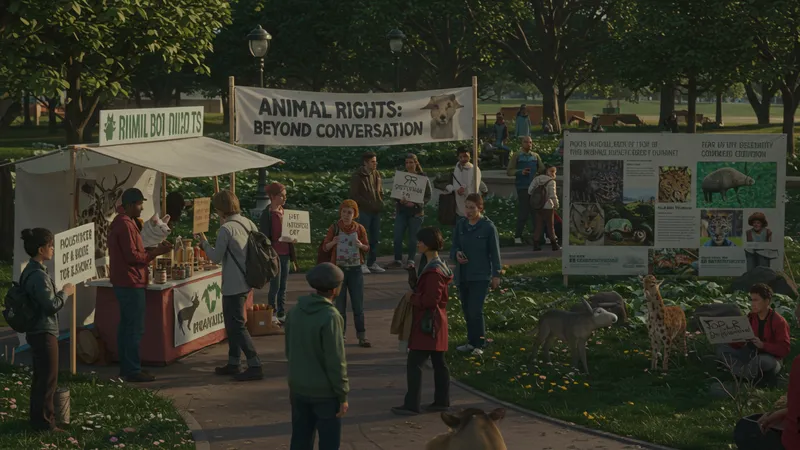
In industries ranging from entertainment to food production, ethical concerns about animal treatment are gaining traction. Consumer awareness is spearheading change, with demand for ethically sourced products influencing market dynamics. Companies are being urged to rethink their practices, leading to reforms that emphasize animal welfare. This market shift illustrates the evolving significance of rights debates.
Legislation efforts continue to redefine institutional responsibility towards animals, presenting complex challenges in regulatory enforcement. Global efforts at treaty-making seek to create harmonized standards; however, they often encounter resistance begat by conflicting national interests and trade priorities. The friction between economic practices and ethical considerations frequently underscores these discussions.
In modern times, technological advancements in lab-grown alternatives provide contentious yet promising solutions to ethical concerns. These alternatives propose eco-friendly, cruelty-free options that challenge traditional industries. Yet, they are not without their own debates regarding sustainability and authenticity. This evolving conversation signals further transformation across spheres of societal life…be prepared for a coming quandary.
The right to protest remains a fundamental pillar that embodies the democratic exercise of expressions. However, it is also becoming increasingly source of tensions, morphing with contemporary societal challenges. Protests are now understood as vital conduits of change, illuminating social grievances, but with paradoxes aplenty along the path.
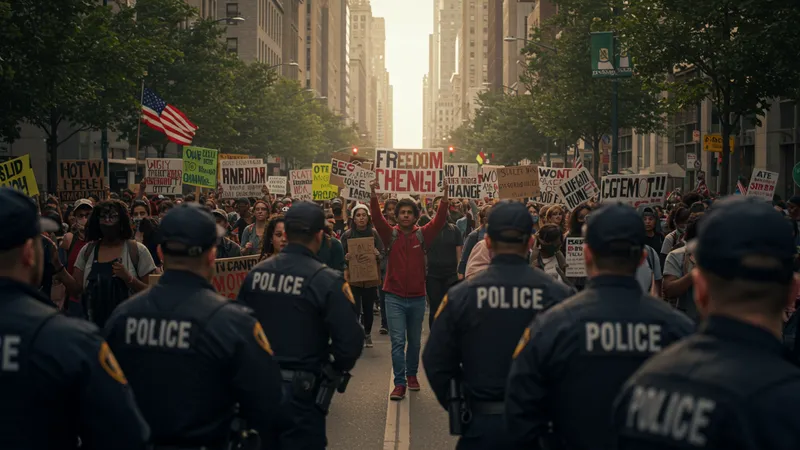
While legal structures universally acknowledge the right to peaceful assembly, the shifting political landscapes paint a variegated picture. In certain regions, protests are met with resistance through legal restrictions or forceful responses, challenging the limits of freedom. This paradox necessitates the balance of maintaining order while allowing dissent.
Technological innovation adds another layer of complexity, transforming how protests are organized and executed. Social media becomes a formidable tool for mobilizing support, yet it also invites misinformation and surveillance, leading to privacy concerns. This digital battleground is emblematic of the evolving nature of protester rights in modern society.
Despite the challenges, the act of protesting proves resilient, capable of bringing issues to enduring prominence. From climate strikes to political movements, visible transformations are evident, showing the potential victories hidden within determined resistance. However, with progress and growing tension, the sustainability of protest as a pathway to change sparks ongoing discourse. Prepare yourself for a fresh perspective…next comes a deeper revelation.
The journey through pursuing rights unveils a tapestry of interconnected struggles, each demanding attention and action. In this digital era, rights are more attuned to the complexity of living, crossing societal norms and breaking traditional boundaries. This comprehensive journey is intertwined with our responsibilities, reminding us continually of its impacts on all facets of life.
Let this be more than a fleeting read. Engage with the deeper issues: volunteer, advocate, and educate. Share these insights, foster dialogues, and bookmark salient points for ongoing reference. The quest for upholding rights is a collective endeavor that extends beyond individuals—it's a universal commitment for a more equitable future. Dive deeper, because the journey is continuous, and every action you take leaves a mark on what follows.